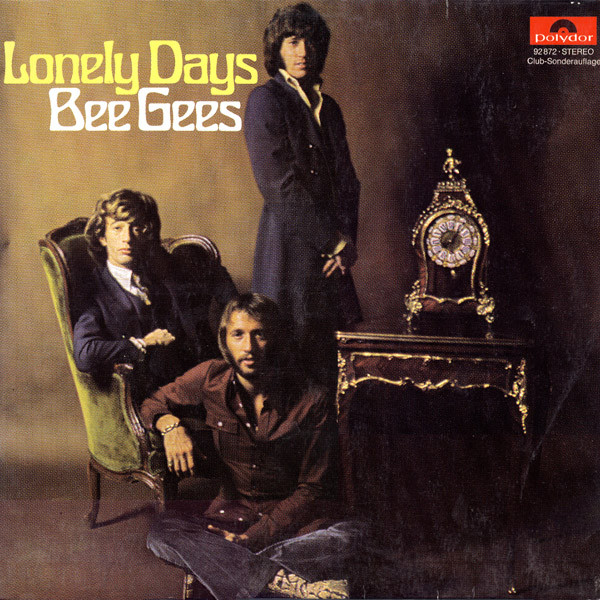
Rediscover the Bittersweet Elegance of the Bee Gees in “Lonely Days” (1970)
In the vast and ever-shifting landscape of popular music, few groups have achieved the enduring reverence earned by the Bee Gees. Known for their seamless harmonies, heartfelt songwriting, and stylistic evolution across decades, they have shaped not just the sound of one era, but many. Among the rich tapestry of their catalog, the 1970 single “Lonely Days” stands as a striking example of their early 1970s creative renaissance—a moment when the Gibb brothers gracefully bridged the chasm between reflection and reinvention.
Released in the closing months of 1970, just as the world was transitioning from the tumultuous 60s into an uncertain new decade, “Lonely Days” is a compelling and beautifully constructed ballad that speaks to the universal sensation of emotional solitude. This song marked a pivotal moment for the Bee Gees, who had recently endured a period of internal conflict and personal separation. After a brief dissolution of the group in 1969, the band reformed with renewed cohesion, and “Lonely Days” became their first major hit in America—reaching the No. 3 spot on the Billboard Hot 100 in early 1971. For many fans and critics alike, it symbolized not only a reconciliation among brothers but also a matured artistic vision.
The composition of “Lonely Days” draws from more than just the pop sensibilities that had defined much of their 60s work. There is a clear influence of classical arrangement and the melodic layering reminiscent of contemporaries such as The Beatles—specifically evoking shades of “Abbey Road”-era Lennon and McCartney. The song’s structure is daring in its time: alternating between introspective, piano-driven verses and soaring, almost gospel-like choruses. This dramatic contrast imbues the piece with a dynamic emotional core that feels simultaneously personal and anthemic.
Lyrically, the Bee Gees demonstrate their signature poetic restraint. The phrase “Lonely days, lonely nights, where would I be without my woman?” is repeated with a sincerity that avoids sentimentality. It’s a song that doesn’t rely on complexity, but rather on the strength of its melody, arrangement, and emotional authenticity. The vocal interplay of Barry, Robin, and Maurice Gibb is at peak form here, unified in tone and expression, offering listeners a testament to the unshakable bond that defined their lifelong musical journey.
What distinguishes “Lonely Days” from other tracks of its time is its clarity of intent. It doesn’t strive to dazzle with production excess, nor does it try to chase momentary trends. Instead, it finds its brilliance in mood, harmony, and message—a poignant reminder that even amid chart success and global fame, the Bee Gees never strayed far from their roots in melody and emotion.
More than fifty years later, “Lonely Days” stands resilient. It is a song that continues to resonate with listeners who recognize the ache behind its lyrics and the beauty of its composition. Whether one is revisiting it from memory or discovering it anew, the emotional honesty and musical craftsmanship of this track offer a timeless listening experience—a reflection of music’s power to soothe, to connect, and to endure.